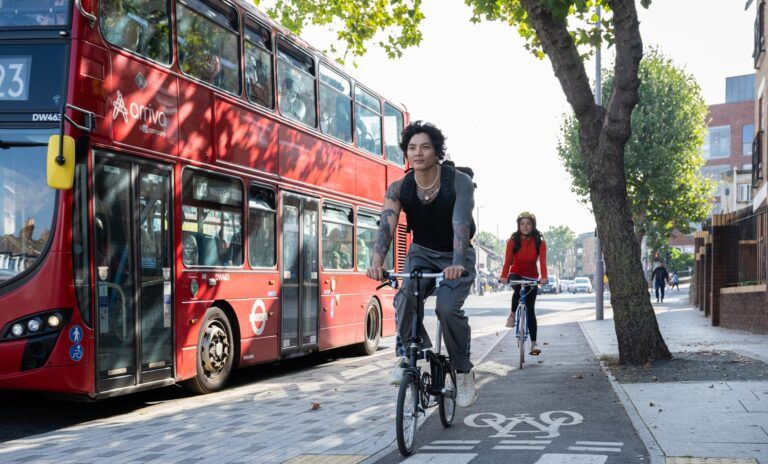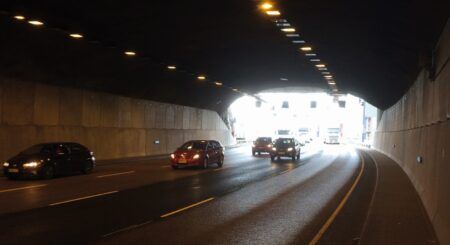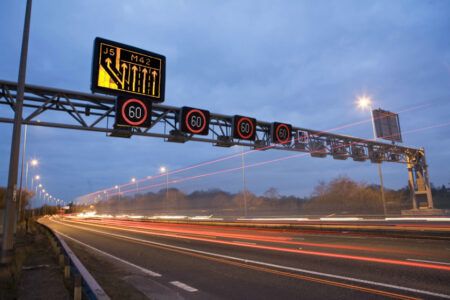Transport for London (TfL) and Google Maps have teamed up to enhance cycling navigation across the capital and the world, helping to improve millions of cycling journeys in cities and increase safety on the roads.
The new partnership will see Google update its algorithms using data from TfL insights to help cyclists prioritize cycling on safer, quieter roads and make them easier to discover within Google Maps. Cycling updates to Google Maps will now take account of traffic conditions and the availability of high-quality cycling infrastructure.
According to TfL, in total, these changes on Google Maps can improve more than 60 million cycling journeys across London and the rest of the world every month. The changes have been implemented now and will be improved further considering user feedback. It is anticipated that most users in London will have access by the end of the year.
How the partnership came about
In July 2022, TfL hosted an innovation summit to understand some of the key problems for people cycling and to work out how to improve them. The cycling community highlighted that some of the key barriers to cycling include the need for travel planning tools to include up-to-date data.
TfL and the London boroughs have delivered more than 340km of cycle routes in London, however existing digital journey planners do not always take these into account and therefore do not always provide the best route for cycling.
Since the summit, Google has worked with TfL’s Open Innovation team and TfL’s industry-leading experts to help solve some of the problems presented and ultimately improve cycle routing in Google Maps. This new collaboration approach has allowed TfL to provide pre-launch feedback on product enhancements and means TfL can continue to provide feedback as the product develops further.
Additional features
To complement the changes made for safer cycle route choices, Google Maps is also in the process of rolling out new additional features to improve cycling in the capital. Users will be able to see the detailed breakdown of the route itself so at a glance they will see what type of road they’ll be cycling on, for example, if it’s a major road or a segregated cycle lane.
Google has also announced Immersive View for cycle routes on Google Maps, which lets users preview routes in advance, including all the cycle lanes, and junctions along the journey. This feature will begin rolling out this year in London and other select cities around the world.
TfL will continue to work with Google Maps to refine the cycling routing experience during the roll out. People can also use the “Send Feedback” option in Google Maps if they spot any routes that have better alternatives.
Hannah Fallows, open innovation partnerships manager at TfL, said, “Our collaboration with Google is a fantastic way of using our shared expertise to make active journeys easier for everyone. The improvements to digital wayfinding through navigation apps like Google Maps give cyclists confidence about the journey they are about to undertake, especially if it’s not a regular route. This is an exciting development to which that helps Londoners to discover the brilliant cycleways network across our city and will make cycling in London safer and more enjoyable for all.”
Ajay Arora, UK Partnerships Lead at Google Maps, added, “To help make cycling easier for more people, we’ve been working with local governments to ensure Google Maps shows up to date cycling routes. We are delighted to collaborate with organizations like Transport for London to add hundreds of kilometers of new cycle lane data.”
Since April 2022, TfL and boroughs have already delivered 24km of new or upgraded cycle routes and there are plans to open at least another 40km by March 2024, with the support of boroughs. TfL has so far reduced danger at 44 junctions across London as part of its Safer Junctions program, with work on at a further two locations set to start early next year.





